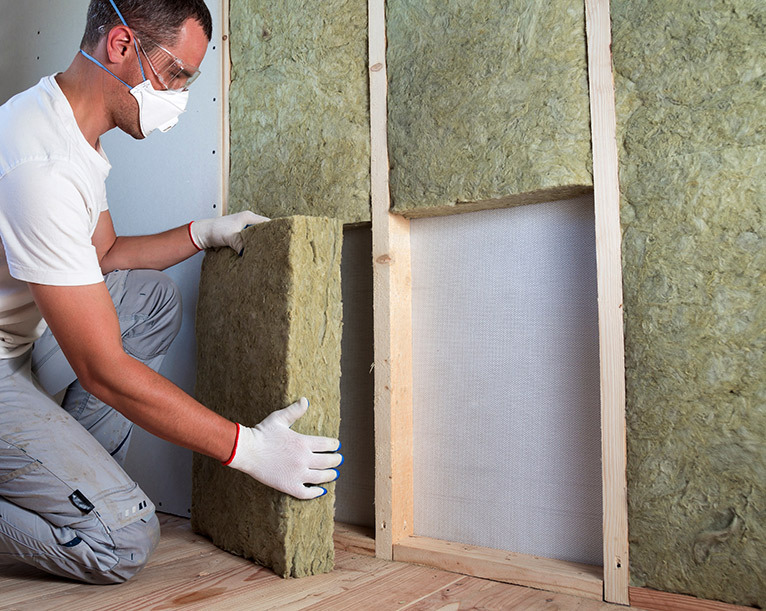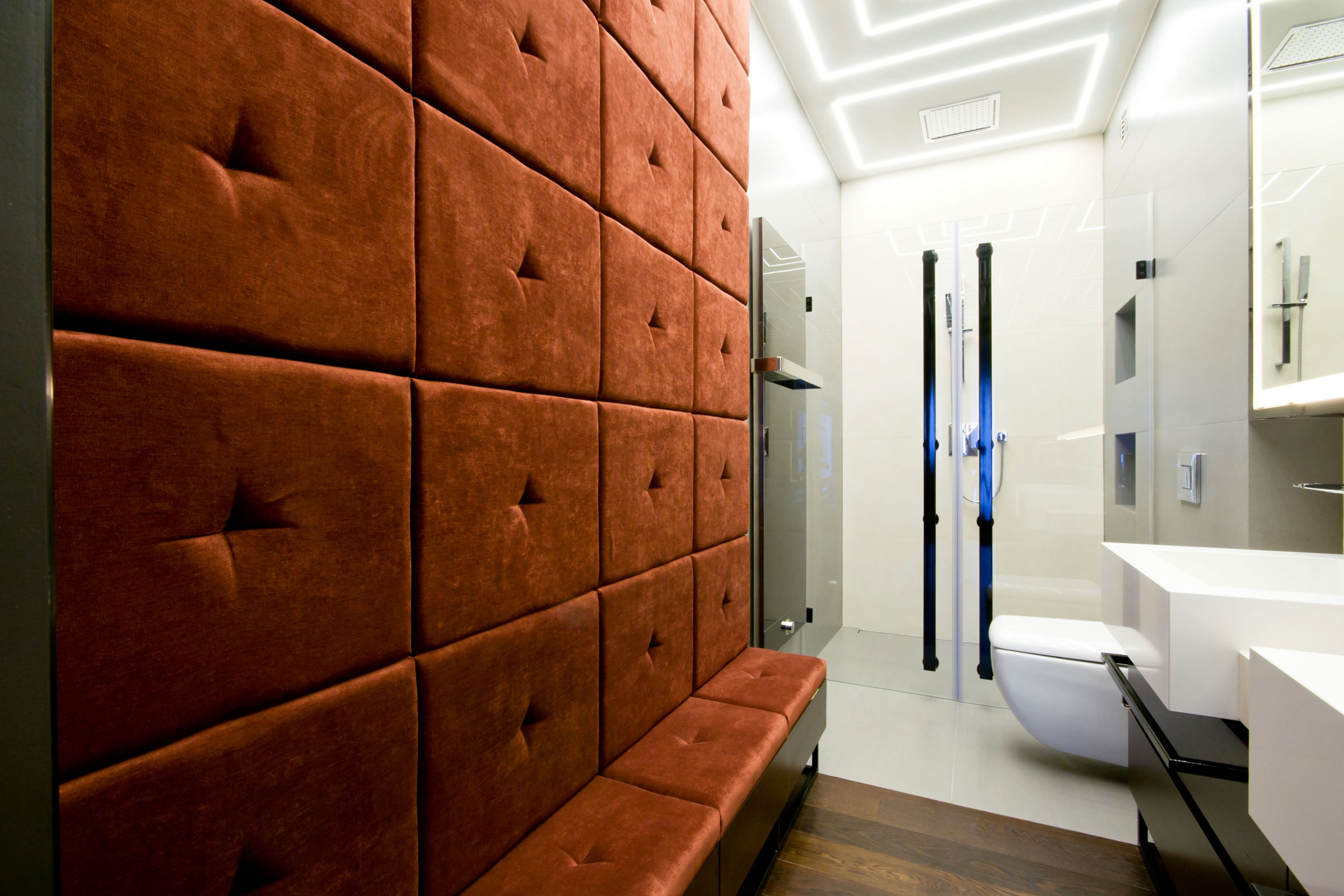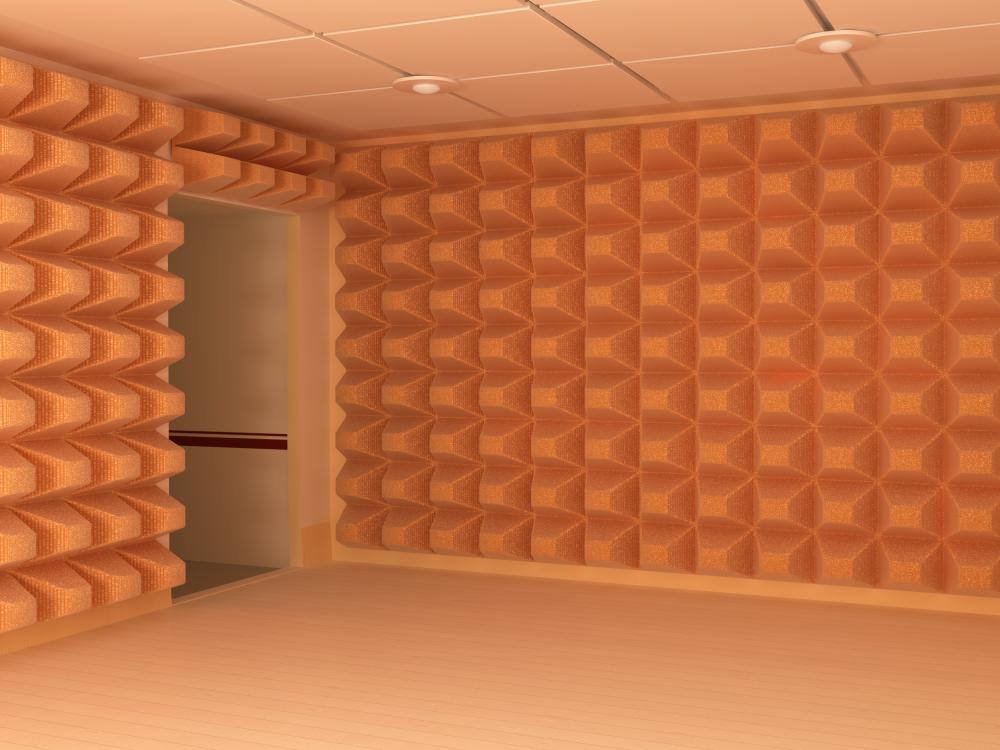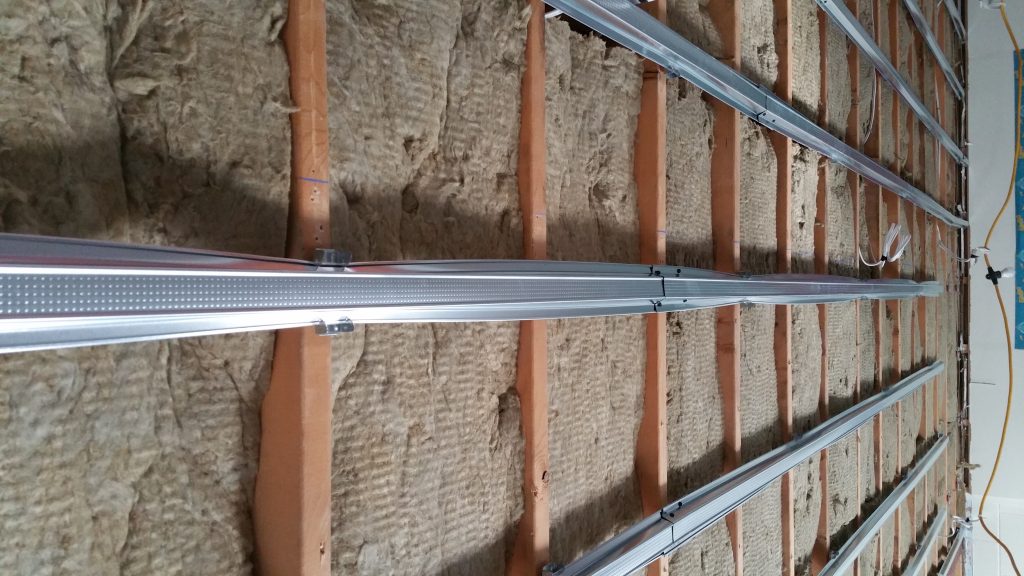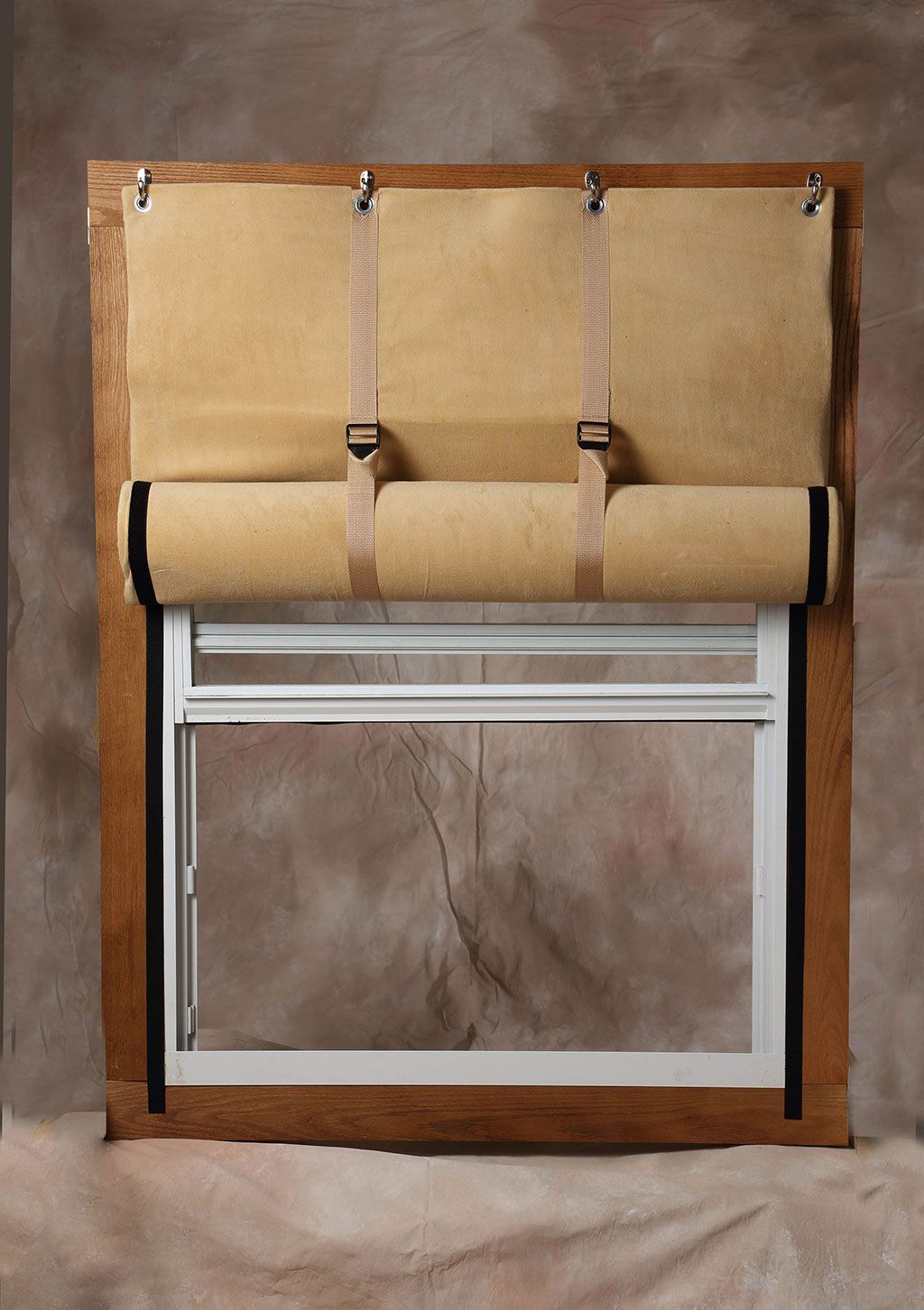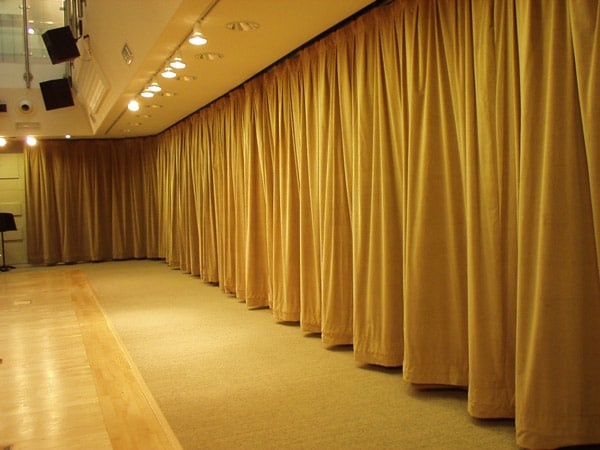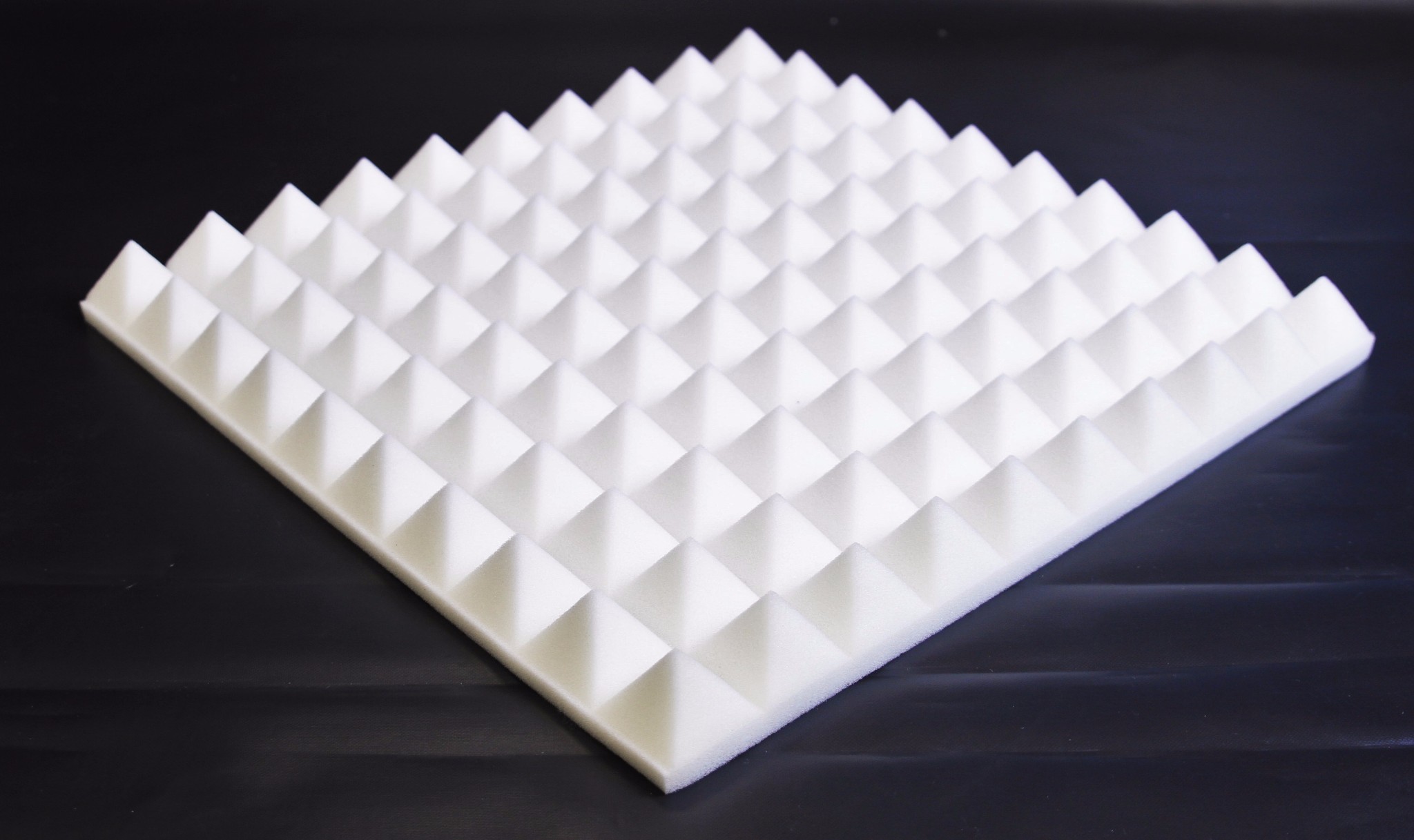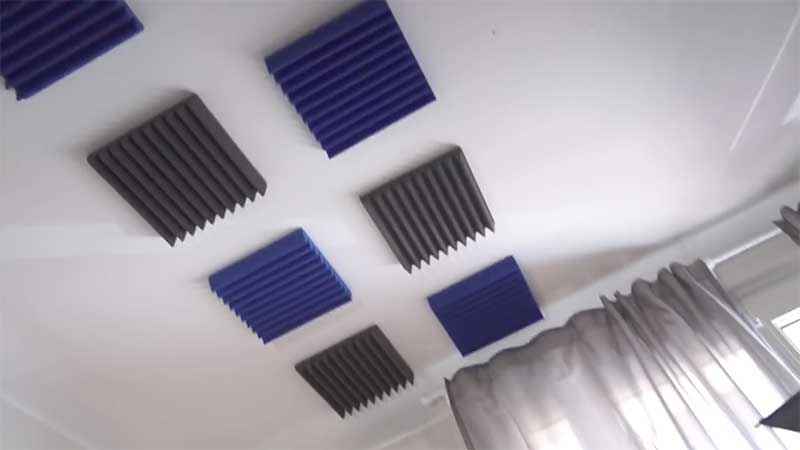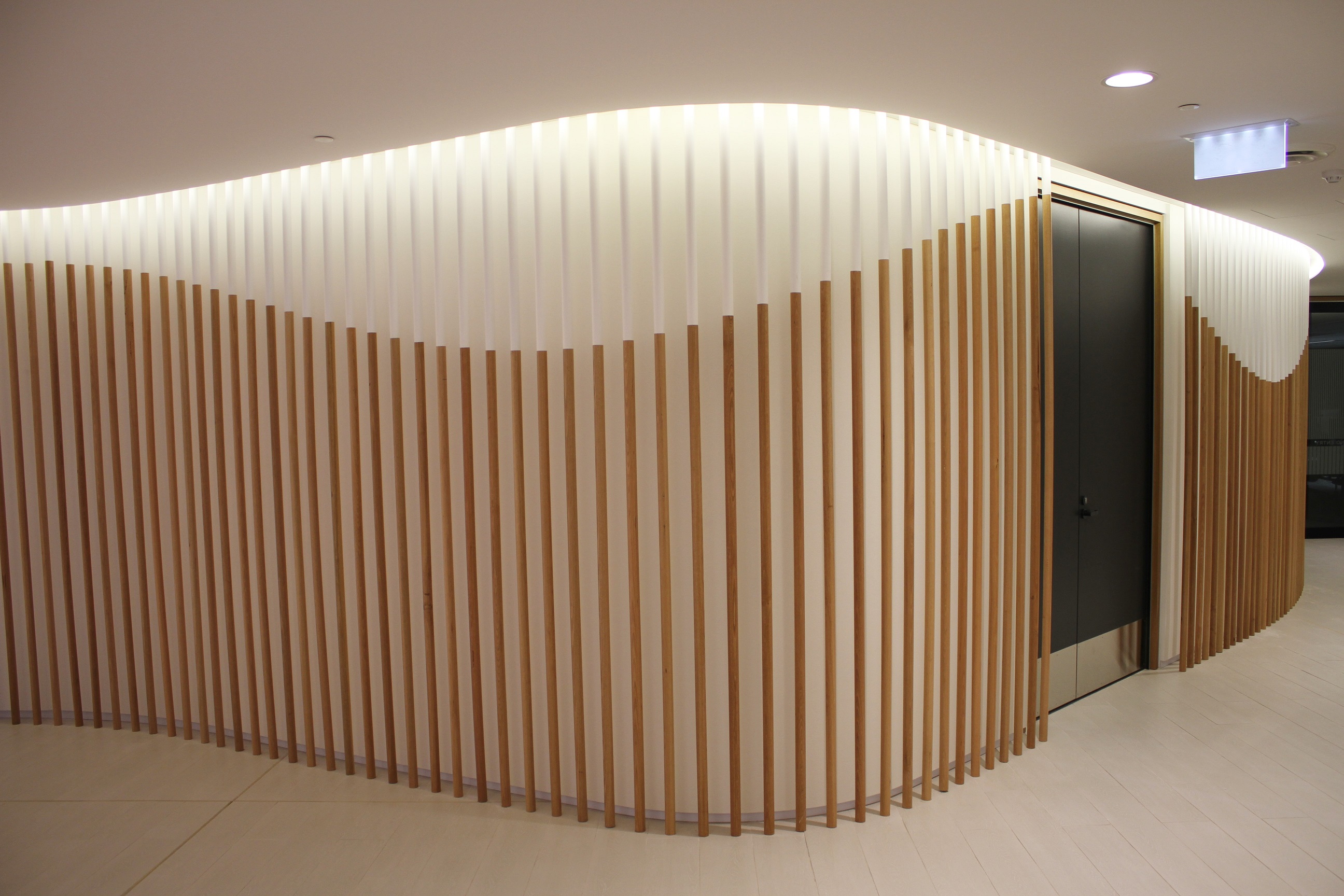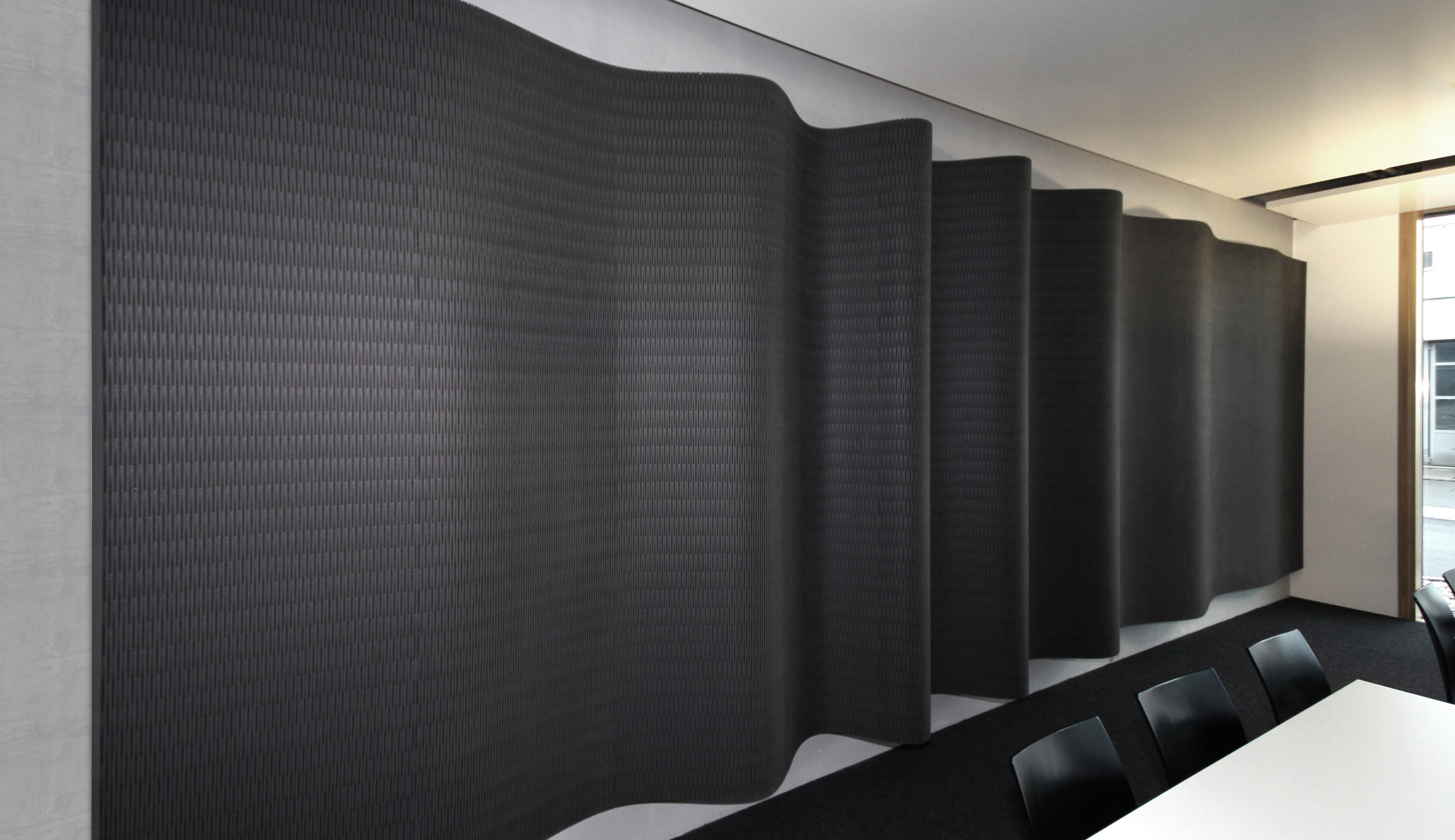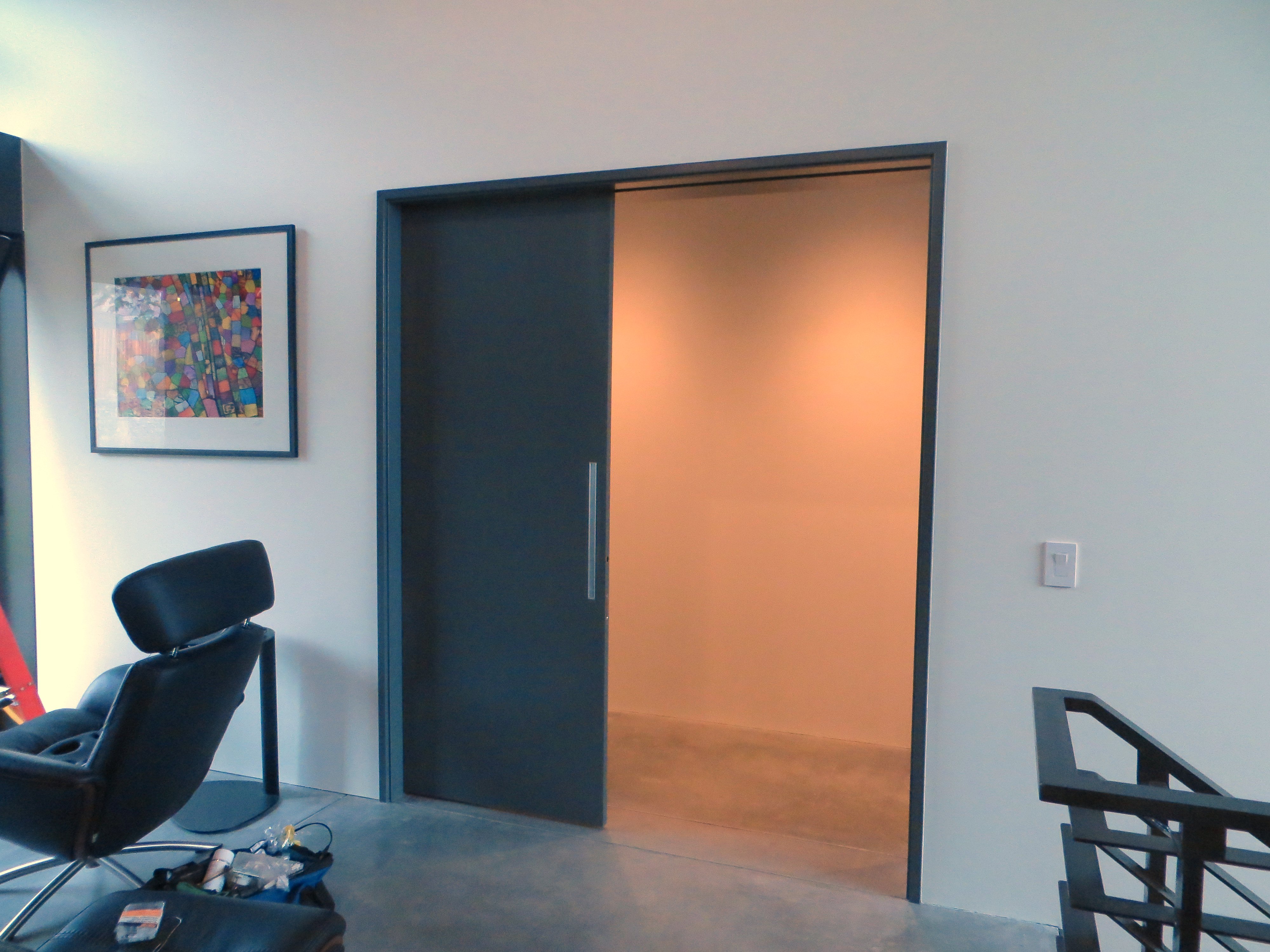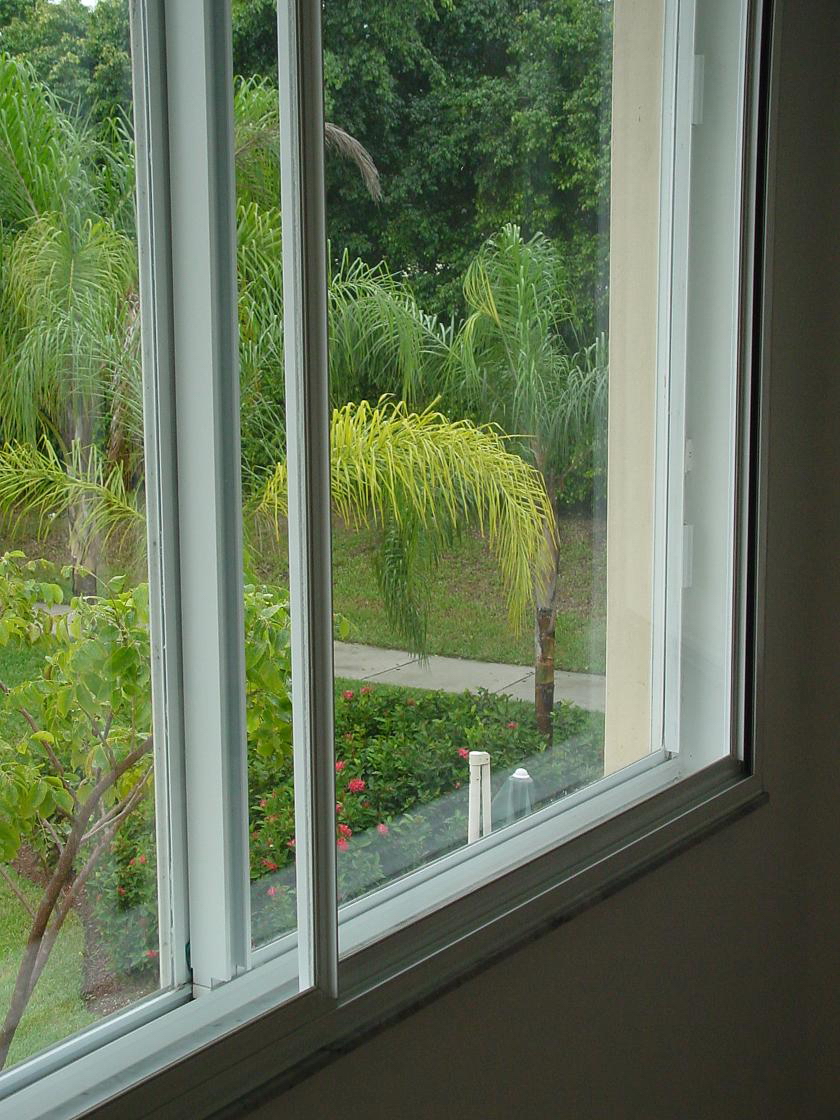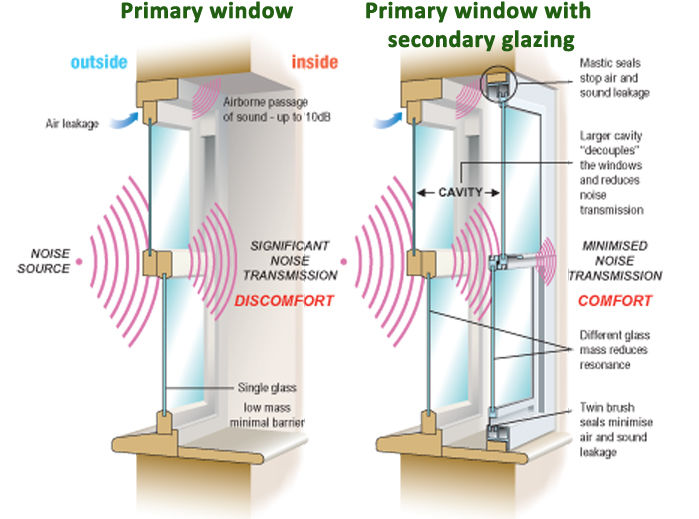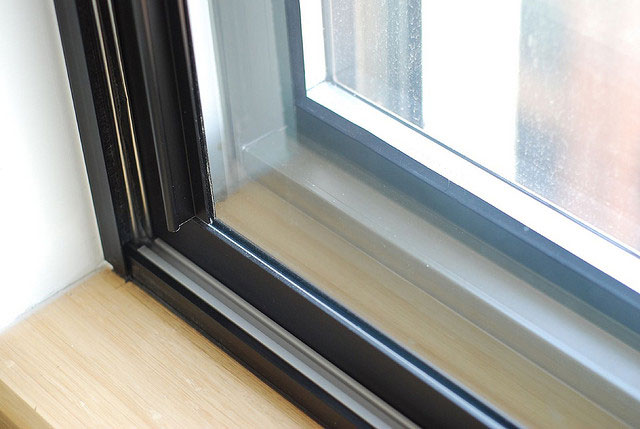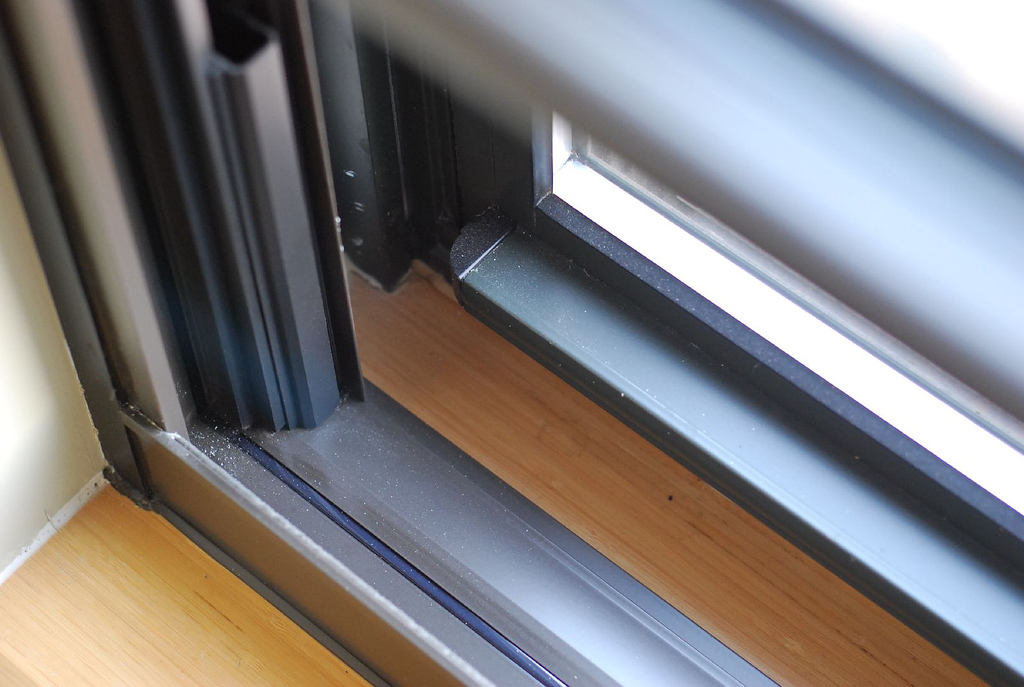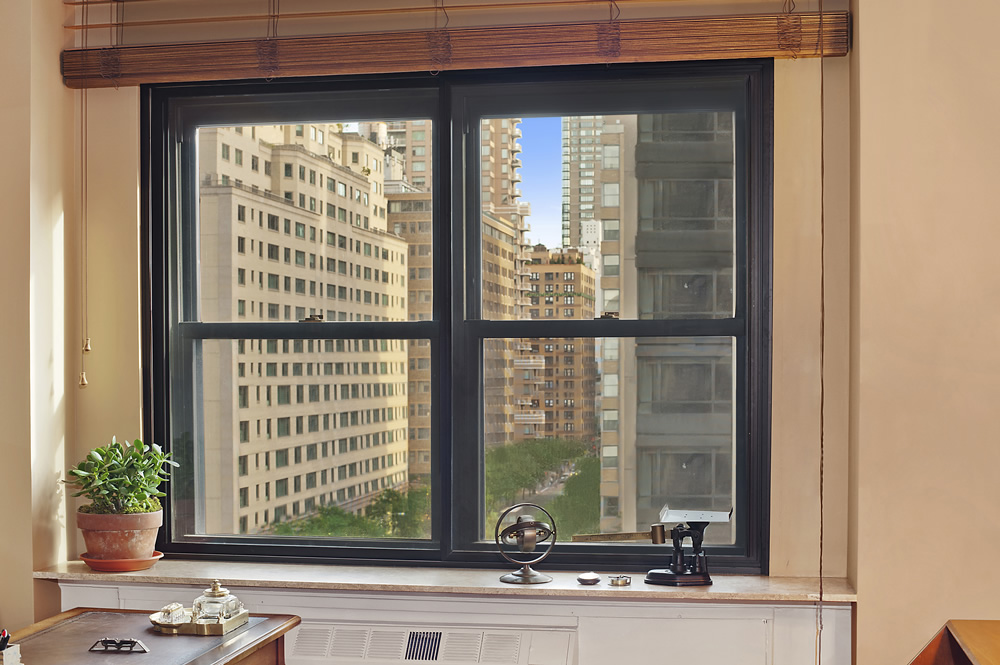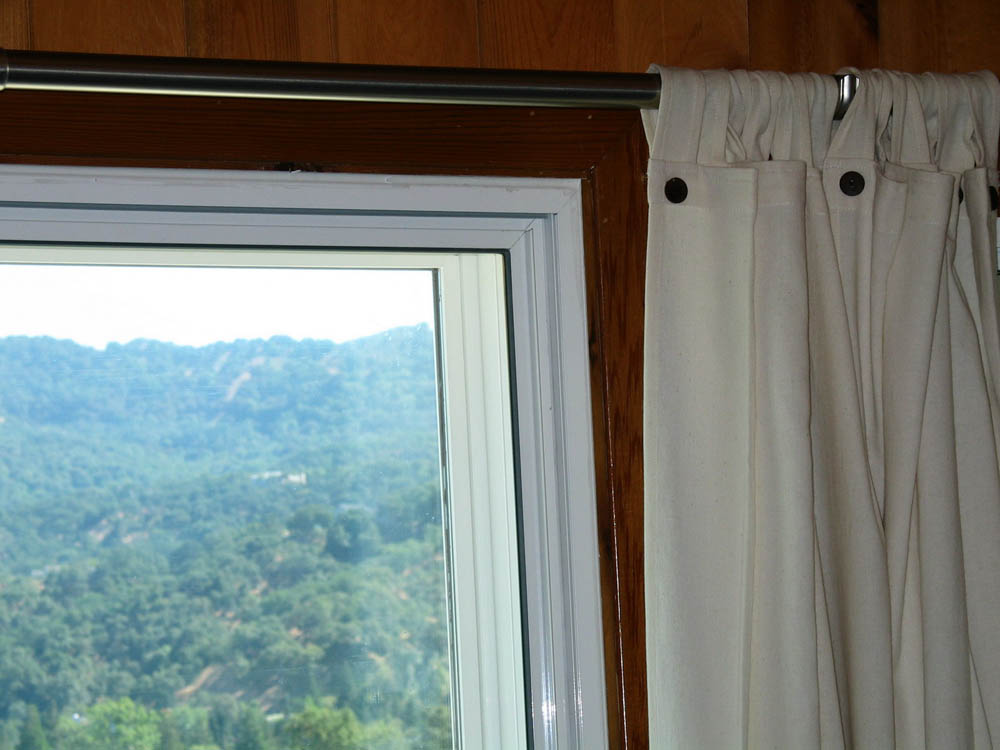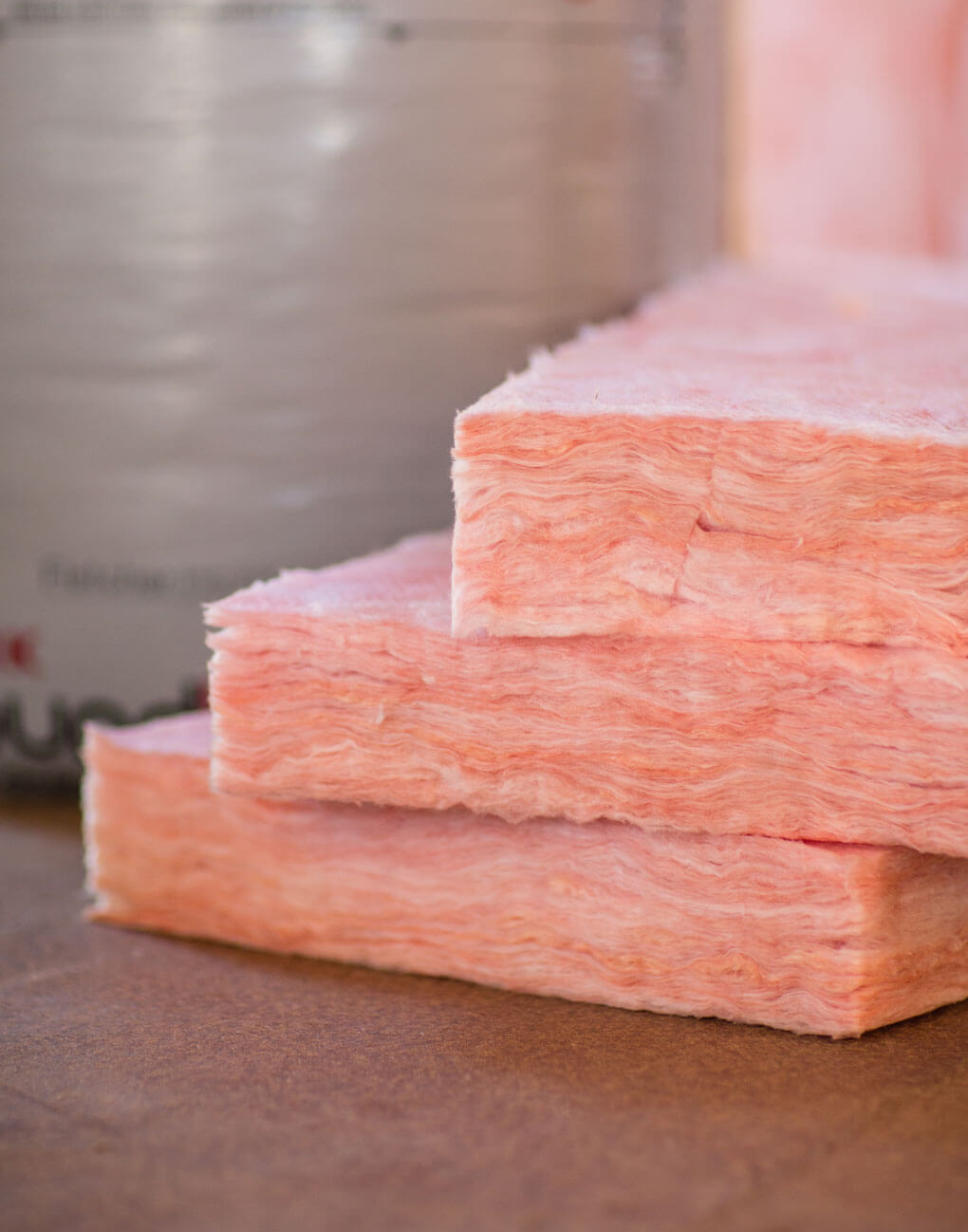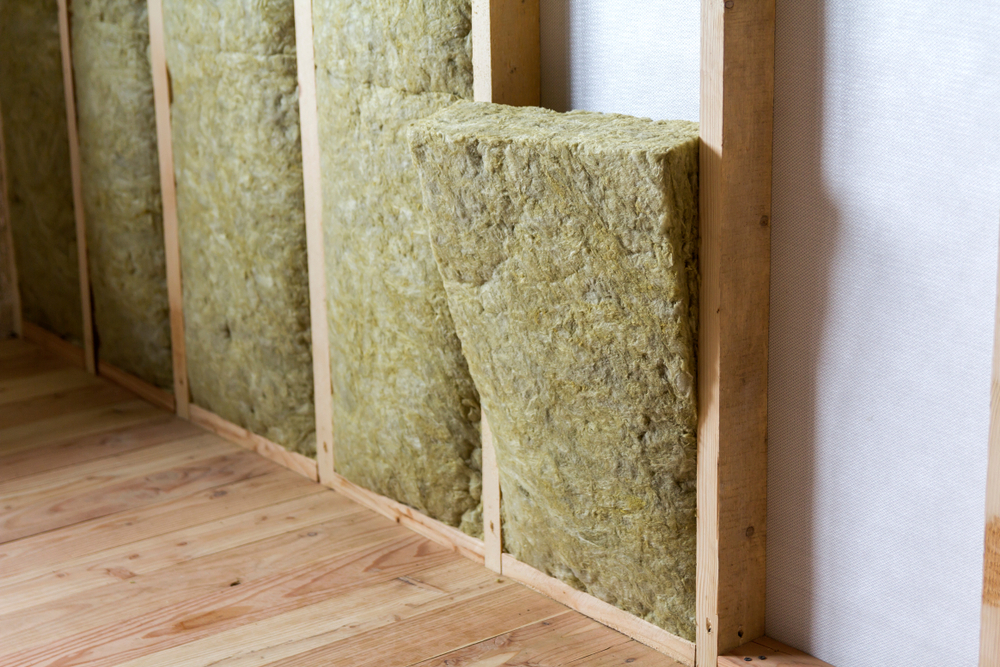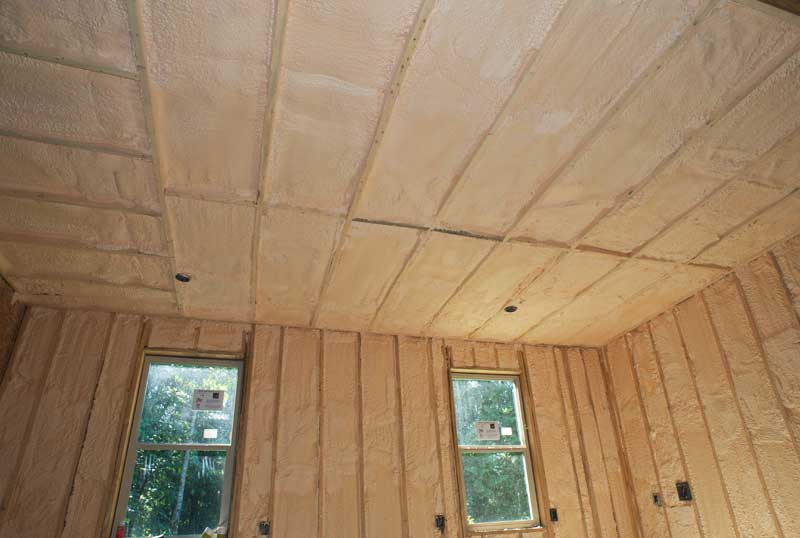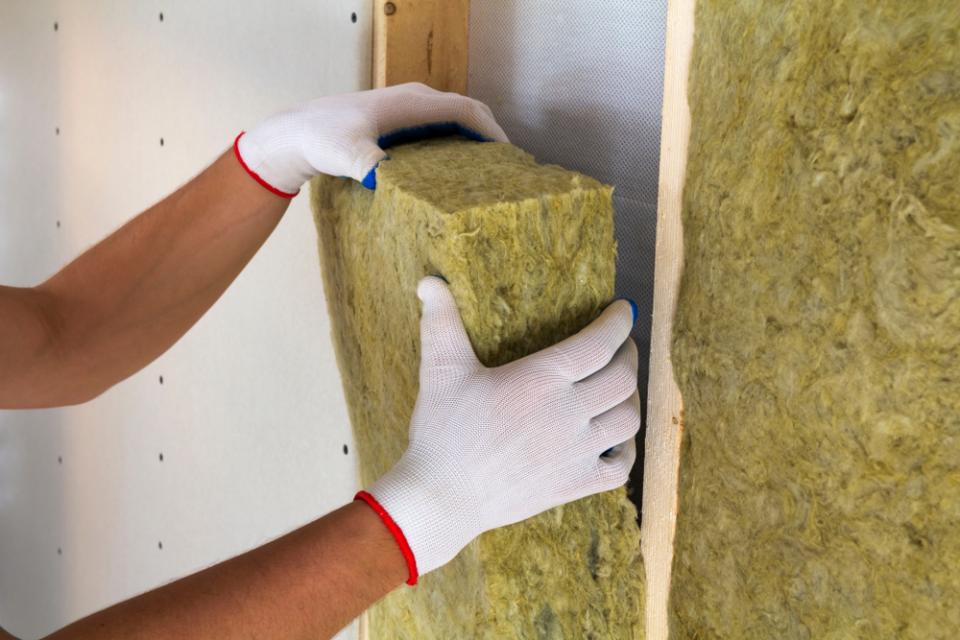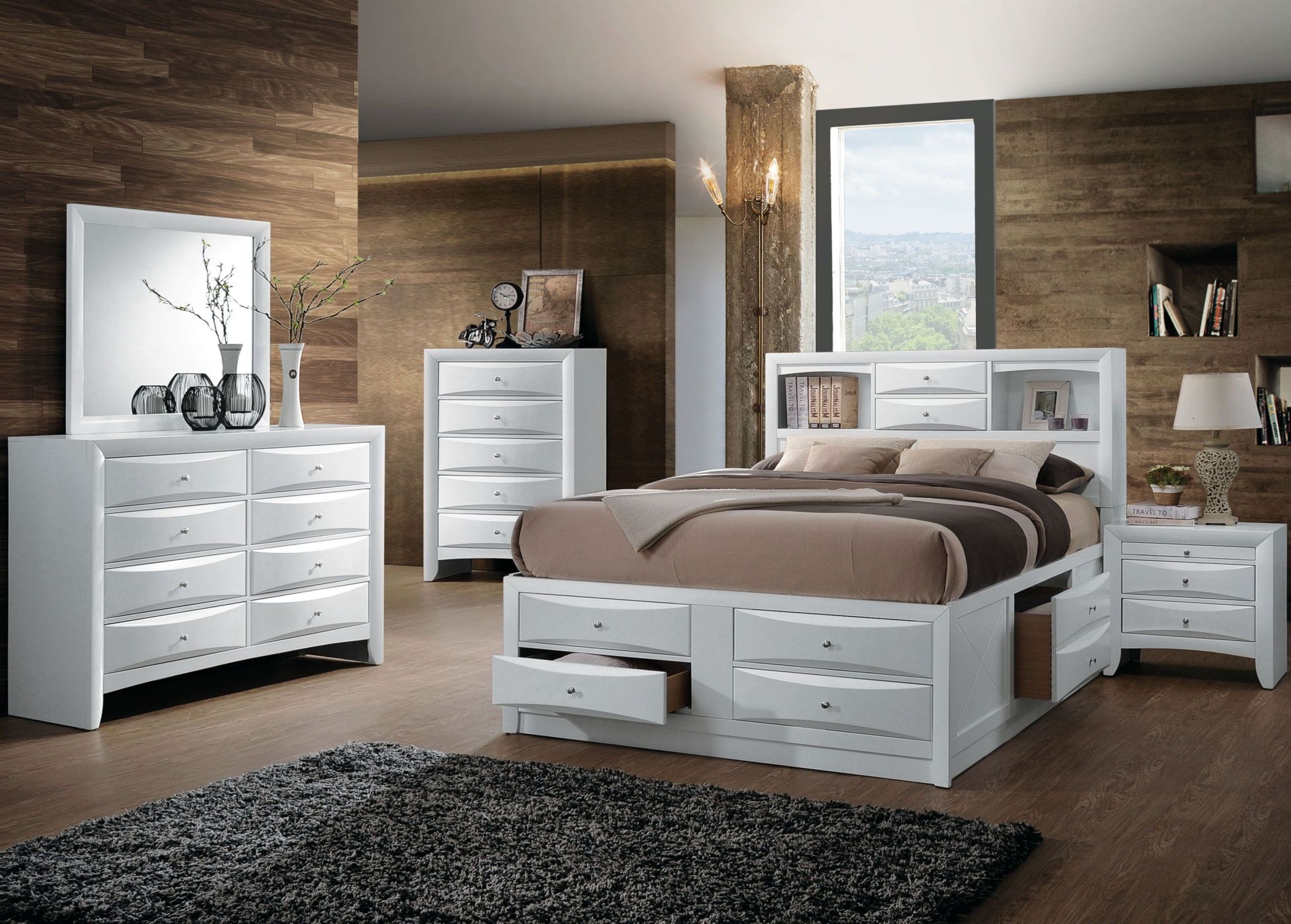Are you tired of hearing every little noise from outside while trying to relax in your living room? Or maybe you have a home theater and want to keep the sound from disturbing the rest of your household? Whatever the reason may be, soundproofing your living room is a great way to create a peaceful and quiet space. Here are our top 10 tips for soundproofing a living room.How to Soundproof a Living Room: Top 10 Tips
The first step in soundproofing your living room is choosing the right materials. Look for materials that are specifically designed for soundproofing, such as soundproofing foam, soundproofing panels, and soundproofing insulation. These materials are designed to absorb and block sound, making them the perfect choice for your living room.1. Choose the right soundproofing materials
The walls are where most of the sound will enter and exit your living room. If you have thin walls, consider adding an extra layer of drywall or using soundproofing paint to help reduce noise. You can also use soundproofing curtains or hang soundproofing panels on the walls to further block sound.2. Start with the walls
Doors are another common entry point for sound. If your living room has a door, consider replacing it with a solid core door or adding weatherstripping to help block sound. You can also use a soundproofing door sweep to seal any gaps at the bottom of the door.3. Don't forget about the doors
Even the smallest gaps and cracks can let in a surprising amount of noise. Take the time to seal any gaps or cracks in your living room, including around windows, doors, and baseboards. You can use acoustic caulk or weatherstripping to seal these areas and prevent sound from entering or escaping.4. Seal gaps and cracks
Heavy fabrics, such as thick curtains, can help absorb sound and reduce noise in your living room. Consider using heavy fabrics for your window treatments or even hanging them on the walls as decorative accents. Not only will this help with soundproofing, but it can also add a cozy and inviting feel to your living room.5. Use heavy fabrics
Hardwood or tile floors can contribute to sound bouncing around in your living room. To help absorb sound, consider adding area rugs to your living room. The thicker and more plush the rug, the better it will be at absorbing sound and reducing noise.6. Add area rugs
The layout of your furniture can also impact the sound in your living room. If you have a home theater or sound system, consider placing your furniture in a way that will help absorb sound. For example, placing a bookshelf or large plant in front of the speakers can help prevent sound from bouncing around the room.7. Rearrange furniture
If you want to take your soundproofing to the next level, consider installing soundproofing panels on the walls and/or ceiling of your living room. These panels are specifically designed to absorb and block sound, making them a great option for reducing noise in your living room.8. Install soundproofing panels
If you live in a noisy area, upgrading your windows to double or triple pane can make a big difference in soundproofing your living room. These types of windows have multiple layers of glass and air pockets that help block sound from entering your home.9. Upgrade your windows
Don't forget about the ceiling when soundproofing your living room. You can install soundproofing panels or add a layer of drywall to help reduce noise from the floor above. You can also use acoustic ceiling tiles to help absorb sound and reduce noise in your living room.10. Soundproof the ceiling
How to Soundproof Your Living Room for a Peaceful and Quiet Home

Why Soundproofing Your Living Room is Important
 Living rooms are often the central gathering place in a home, where families and friends come together to relax, watch TV, or engage in conversations. However, with all the noise and activity, it can be challenging to find peace and quiet within the living room. This is where soundproofing comes in.
Soundproofing is the process of reducing or blocking sound from entering or leaving a room, creating a peaceful and quiet environment.
Not only does this improve the overall comfort of your living space, but it also adds value to your home. Whether you live in a noisy neighborhood or have a loud family, soundproofing your living room can make a significant difference in your daily life.
Living rooms are often the central gathering place in a home, where families and friends come together to relax, watch TV, or engage in conversations. However, with all the noise and activity, it can be challenging to find peace and quiet within the living room. This is where soundproofing comes in.
Soundproofing is the process of reducing or blocking sound from entering or leaving a room, creating a peaceful and quiet environment.
Not only does this improve the overall comfort of your living space, but it also adds value to your home. Whether you live in a noisy neighborhood or have a loud family, soundproofing your living room can make a significant difference in your daily life.
Identify the Sources of Noise
 Before you start soundproofing your living room, it's essential to identify the sources of noise.
Common sources of noise in a living room include TVs, speakers, appliances, and outside noise from traffic or neighbors.
Take note of where the noise is coming from and how loud it is. This will help you determine the best soundproofing methods for your living room.
Before you start soundproofing your living room, it's essential to identify the sources of noise.
Common sources of noise in a living room include TVs, speakers, appliances, and outside noise from traffic or neighbors.
Take note of where the noise is coming from and how loud it is. This will help you determine the best soundproofing methods for your living room.
Use Acoustic Panels
 Acoustic panels are a popular and effective way to soundproof a living room.
These panels are made of special sound-absorbing materials that help reduce noise and echo in a room. They come in various sizes, shapes, and designs, making them easy to incorporate into your living room's decor.
Place them strategically on the walls, ceiling, or even behind furniture to absorb sound waves and create a quieter space.
Acoustic panels are a popular and effective way to soundproof a living room.
These panels are made of special sound-absorbing materials that help reduce noise and echo in a room. They come in various sizes, shapes, and designs, making them easy to incorporate into your living room's decor.
Place them strategically on the walls, ceiling, or even behind furniture to absorb sound waves and create a quieter space.
Seal Gaps and Cracks
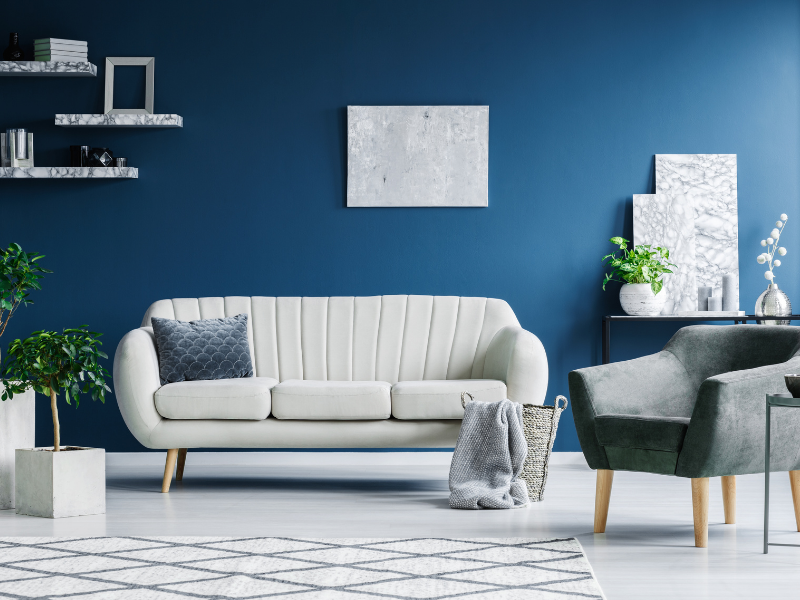 Gaps and cracks in your living room can be a significant source of noise.
To effectively soundproof your living room, be sure to seal these gaps and cracks with soundproofing materials, such as caulk or weatherstripping.
This will prevent noise from entering or leaving your living room and create a more peaceful environment.
Gaps and cracks in your living room can be a significant source of noise.
To effectively soundproof your living room, be sure to seal these gaps and cracks with soundproofing materials, such as caulk or weatherstripping.
This will prevent noise from entering or leaving your living room and create a more peaceful environment.
Invest in Soundproofing Curtains
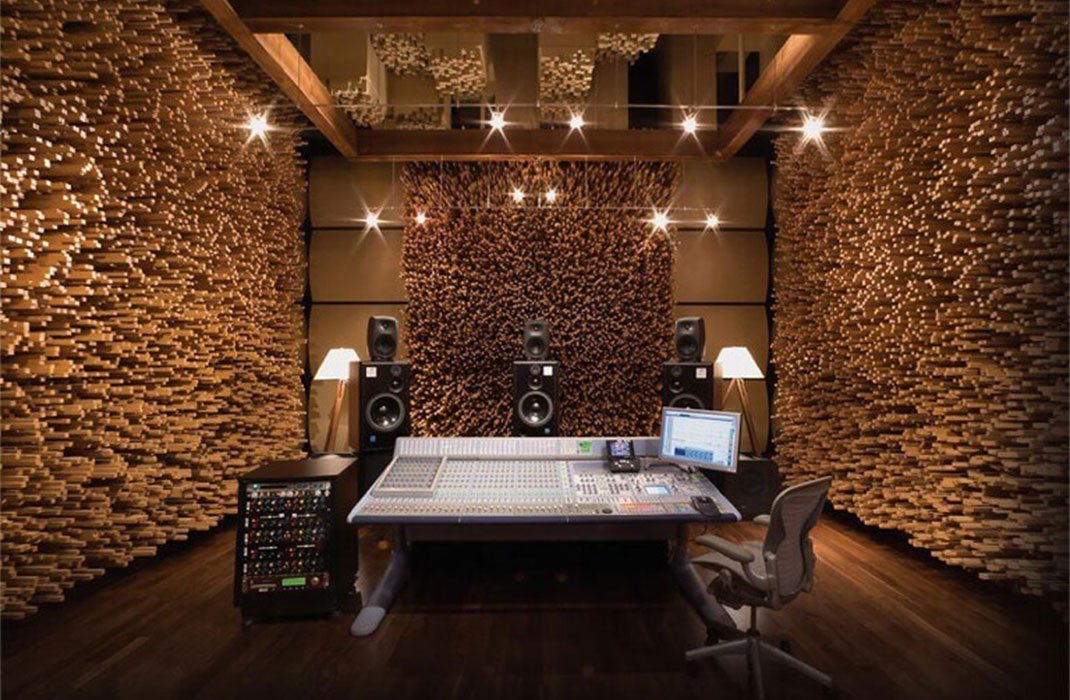 If you have large windows or doors in your living room, investing in soundproofing curtains can make a significant difference in reducing outside noise.
These curtains are made of thick, sound-absorbing materials that can block out noise and create a more peaceful atmosphere in your living room.
They also come in a variety of colors and designs, so you can choose one that complements your living room's decor.
If you have large windows or doors in your living room, investing in soundproofing curtains can make a significant difference in reducing outside noise.
These curtains are made of thick, sound-absorbing materials that can block out noise and create a more peaceful atmosphere in your living room.
They also come in a variety of colors and designs, so you can choose one that complements your living room's decor.
Consider Carpeting and Rugs
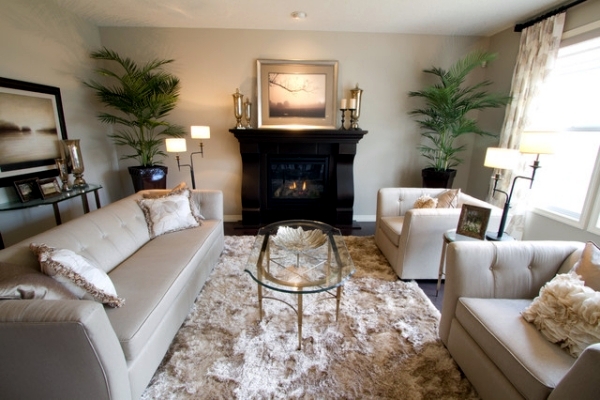 Bare floors can contribute to noise in a living room.
Consider adding carpeting or rugs to your living room to absorb sound and reduce noise levels.
The thicker the carpet or rug, the better it will be at soundproofing. This is especially helpful if you have hardwood floors or live in an apartment with downstairs neighbors.
Bare floors can contribute to noise in a living room.
Consider adding carpeting or rugs to your living room to absorb sound and reduce noise levels.
The thicker the carpet or rug, the better it will be at soundproofing. This is especially helpful if you have hardwood floors or live in an apartment with downstairs neighbors.
Conclusion
 Incorporating these soundproofing methods into your living room can create a peaceful and quiet space for you and your family to enjoy.
Remember to identify the sources of noise, use acoustic panels, seal gaps and cracks, invest in soundproofing curtains, and consider carpeting or rugs.
With these tips, you can effectively soundproof your living room and create a more comfortable and enjoyable living space.
Incorporating these soundproofing methods into your living room can create a peaceful and quiet space for you and your family to enjoy.
Remember to identify the sources of noise, use acoustic panels, seal gaps and cracks, invest in soundproofing curtains, and consider carpeting or rugs.
With these tips, you can effectively soundproof your living room and create a more comfortable and enjoyable living space.
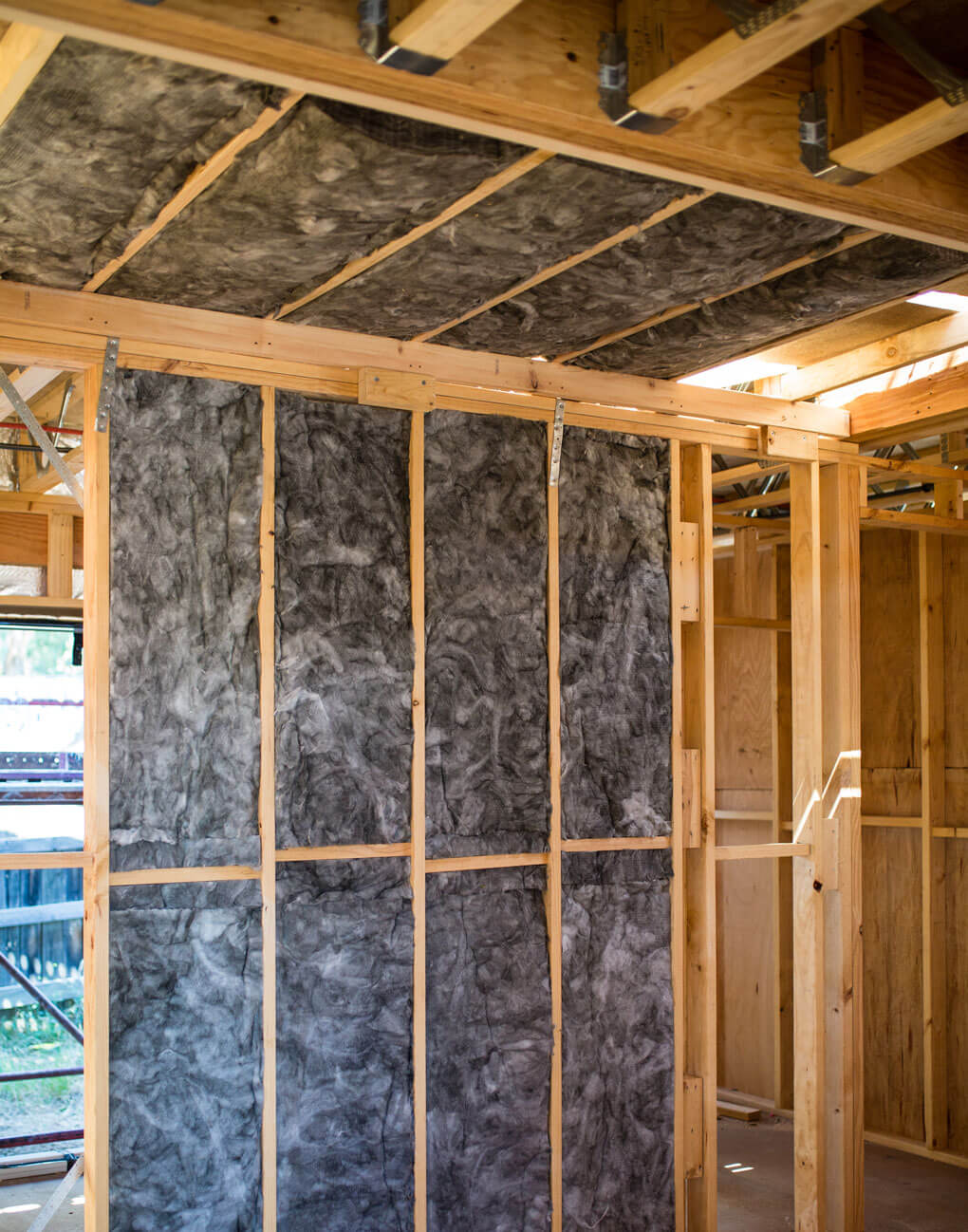




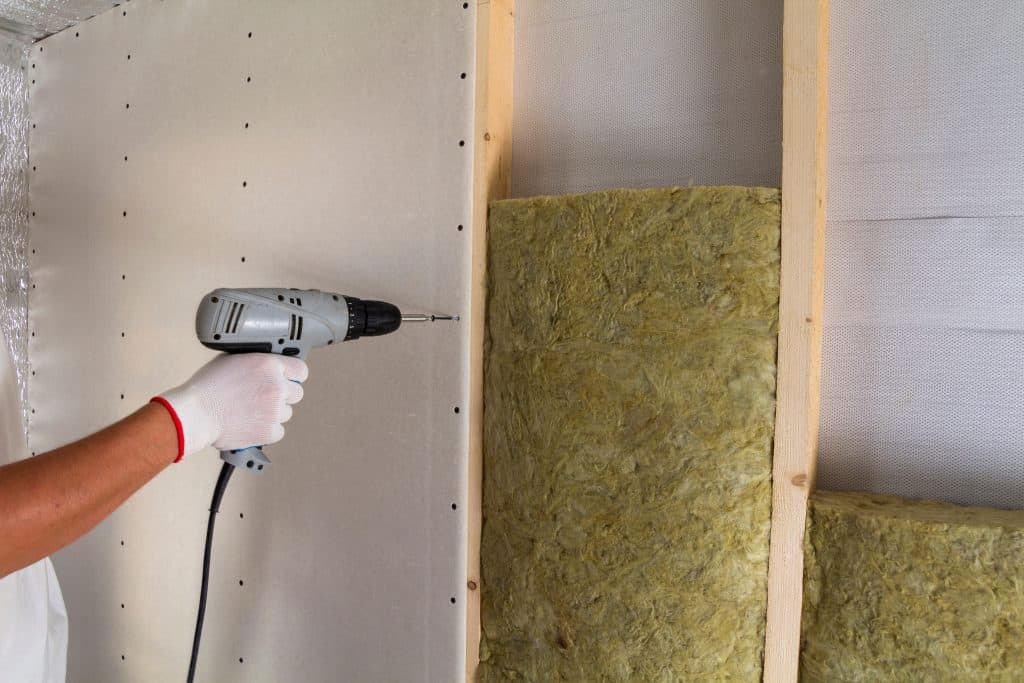



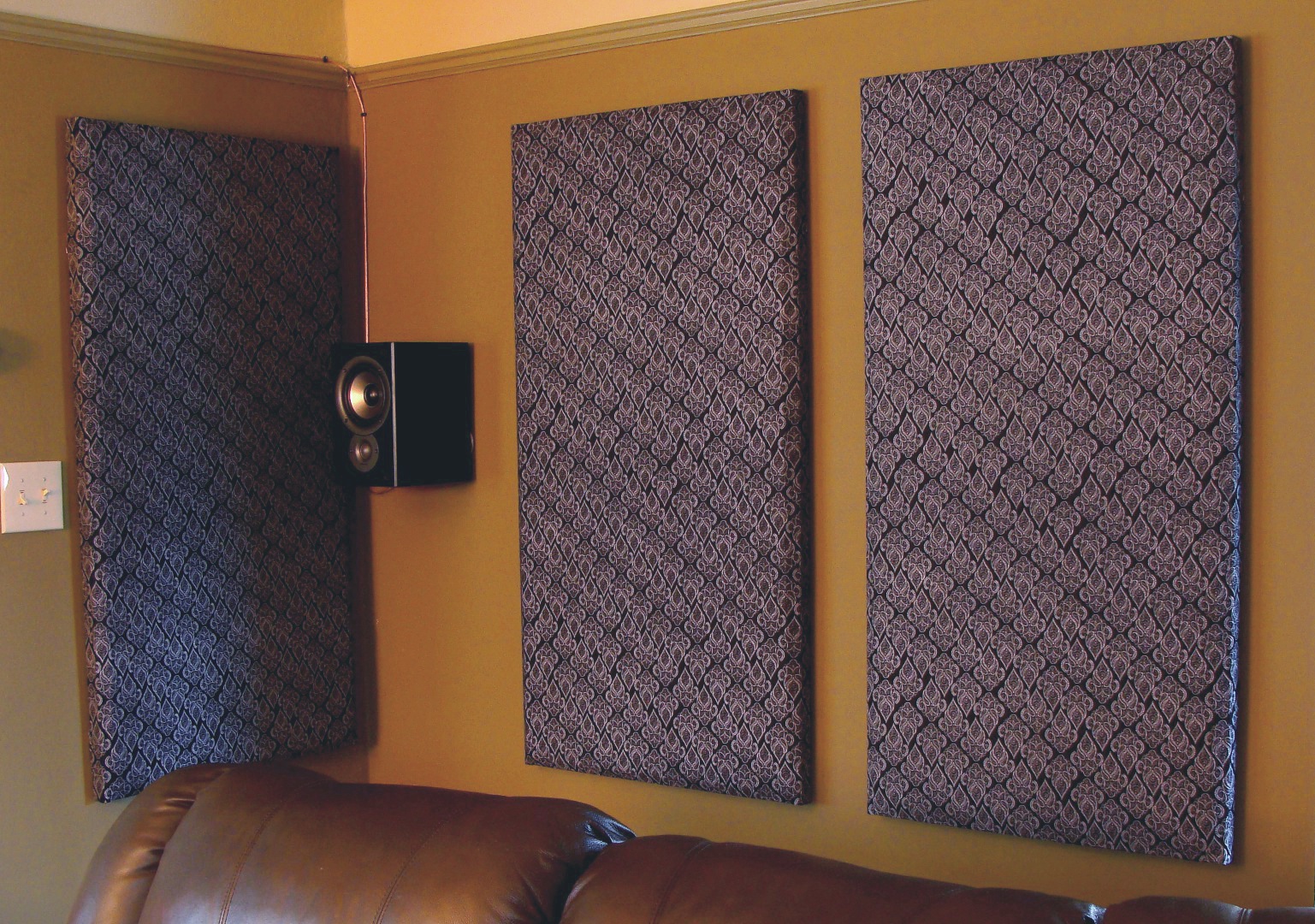



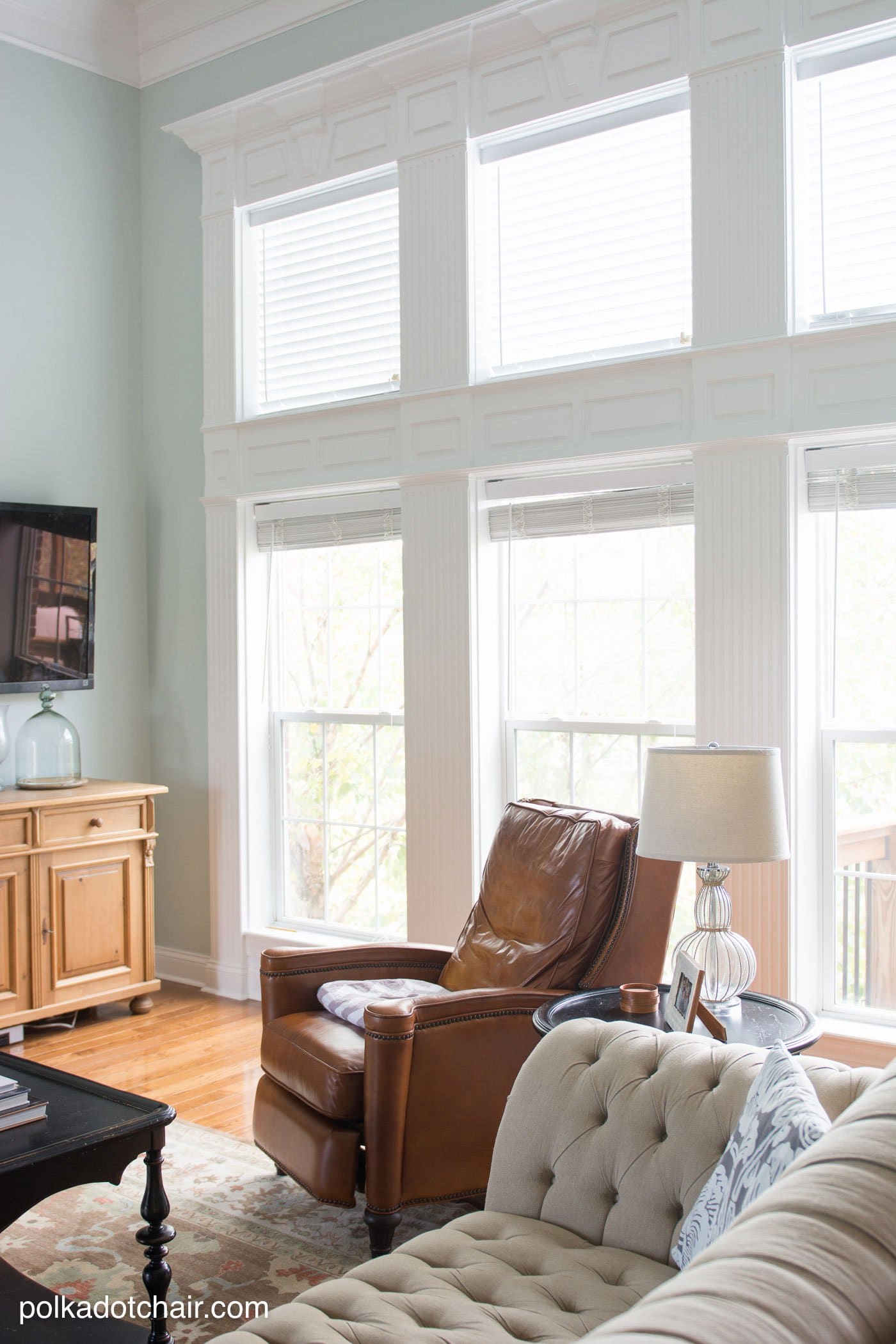
:max_bytes(150000):strip_icc()/Chuck-Schmidt-Getty-Images-56a5ae785f9b58b7d0ddfaf8.jpg)




















